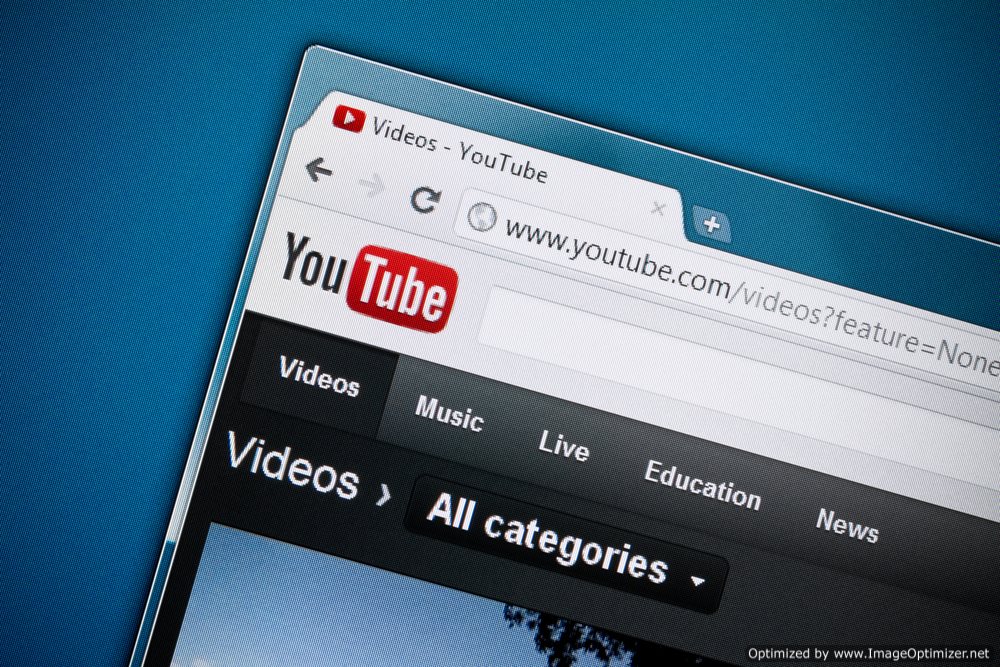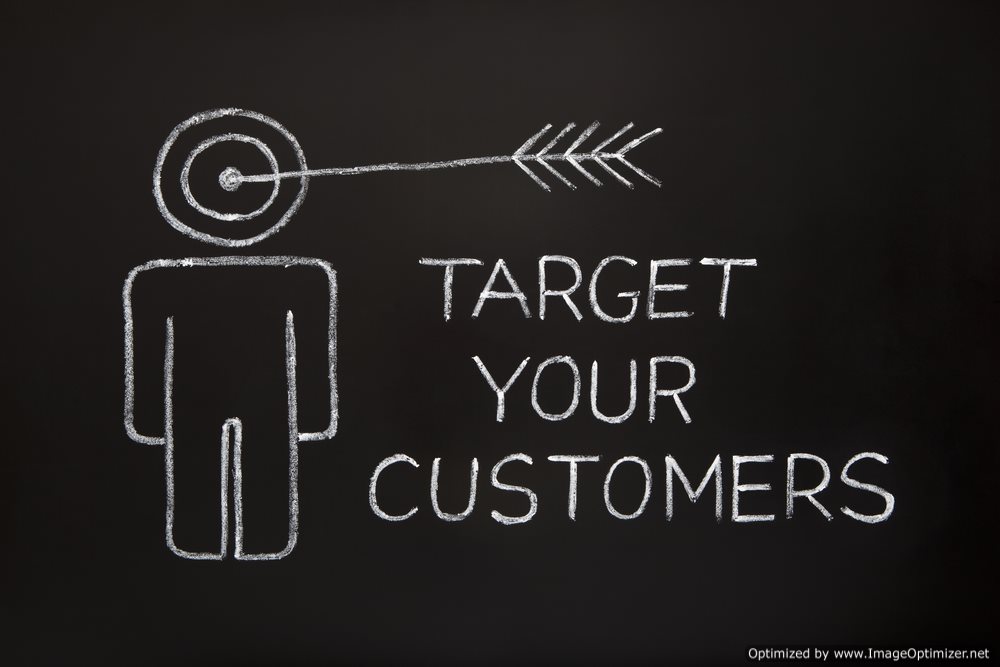Facebook SEO

Everything About Facebook SEO
SEO on Facebook is critical if you want your social media pages to bring new visitors to your law firm from search engines like Google and Yahoo, and getting Facebook SEO tips can help. Recent studies, however, show that over a third of law firms still don't have a Facebook page. Even firms with Facebook pages often aren't looking for Facebook SEO tips that can help them get ahead. That's why this guide can give you an edge. Keep reading and you'll find out how to use SEO on Facebook before your competition does.
Does Facebook SEO Matter?
In a word: absolutely. If you're doing a great job maintaining your Facebook page (or you plan to set up a new or redesigned Facebook page soon), you want as many people to see it as possible. That means that the search indexers sponsored by the major search engines will need to see it, too.
Quality counts in today's Facebook SEO, like it does in all other search engine optimization efforts since companies started filtering out spam websites. However, SEO on Facebook still depends more than you might think on traditional search engine optimization techniques like high keyword densities.
If you're not using Facebook SEO tips, odds are that your Facebook page won't be one of the first results when people search for your law firm. That's unfortunate, because having a good Facebook page encourages new potential clients to not just research your firm, but interact and get involved in your social media marketing efforts.
Facebook SEO Tips #1: Don't Waste Your Time
Too many people, when starting out with SEO on Facebook, waste their time with several aspects of their new pages. For instance, while it can be important to search engine optimize image titles and file names when you're working on your main website, Facebook SEO makes this a waste of time.
Why? Because when you upload any image to Facebook, the website actually changes the URL to be one that involves only a long numerical sequence. The same doesn't go for videos (more on that later), but make sure that before you post SEO on Facebook, you've read a lot of Facebook SEO tips and know exactly which places count and which don't.
Facebook SEO Tips #2: Get Linked
In order to have the best results with SEO on Facebook, you'll need to show that you have links coming in both from within Facebook itself and also from outside websites. That's why it's important to cross promote your Facebook page with other social media pages and your main website—the more links, the merrier.
Generating links from within SEO on Facebook is also something you should strive for, and not just because that's the point of social marketing. Facebook SEO depends largely on the number of links you're getting and how genuinely popular your page seems to be becoming.
Facebook SEO Tips #3: Titles Matter
SEO on Facebook, like all other kinds of search engine optimization, requires good, descriptive titles. But with Facebook SEO, titles are actually weighted even more than they are for most other websites.
Does this mean that you should overload your titles with keywords, the way some early Facebook SEO tips would advise? No—in fact, overuse of keywords, especially in your main page title, is likely to make your page look like spam and kill your SEO on Facebook. Instead, you'll be more likely to get great Facebook SEO results when you keep your titles simple and descriptive with no trace of spam.
You'll also want to make sure that you're doing a great job with every article title you post. Leaving titles and headers blank is the surest way to ignore a great opportunity for SEO on Facebook. If you do Facebook SEO the right way, it won't be obvious to your visitors and will just make their experience on your page work better.
Facebook SEO Tips #4: Stay Public
In old lists of Facebook SEO tips, you may have seen advice about putting some (but not all) of your content behind “fan gates,” that is, making it impossible for someone to see some of your content unless they become a fan of your page.
While fan gates may sound good, most modern Facebook SEO tips recommend that you avoid fan gates at essentially all costs. Great Facebook SEO depends on your public postings, and if a member of the general public can't see the amazing content you've got stashed behind a fan gate, neither can the indexers searching the web for the most relevant results pertaining to your firm.
Fan gates are problematic for other reasons that aren't related to SEO on Facebook, as well. If you use a fan gate, you'll have the problem of “revolving door fans”: people who become fans of your page just to see the content, then stop “liking” your page after they've seen it. That isn't the kind of attention you want to attract with your Facebook SEO—just keep your pages public and forget about fan gating.
Facebook SEO Tips #5: Use Video
If you're not already using video in your Facebook SEO strategies, you should. No Facebook SEO tips guide would be complete without this one, and for lawyers, that's doubly true. Law firm pages see the best conversion rates, by far, when they have great search engine optimized video.
SEO on Facebook is even easier when you use videos, because they give you even more ability to put keyword-dense text and titles into your Facebook page. Again, pay close attention to titles for your video, because much like your other Facebook titles, they are weighted substantially more for Facebook SEO than any other portion of your text.
Don't look at video as just a way to search engine optimize—in order to get the best links, you're still going to need to pack your videos with informative, fun content. But you can definitely still use video for SEO on Facebook, and this should always be at least one of your concerns when you're posting new video links.























